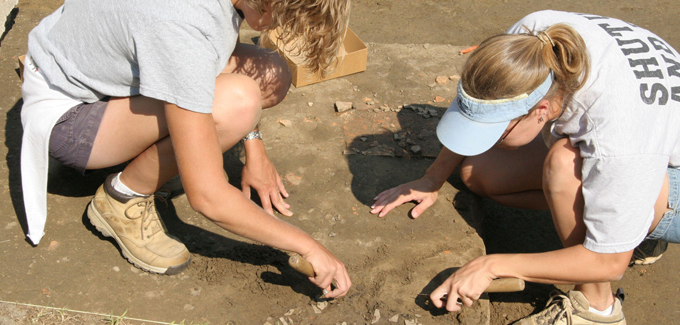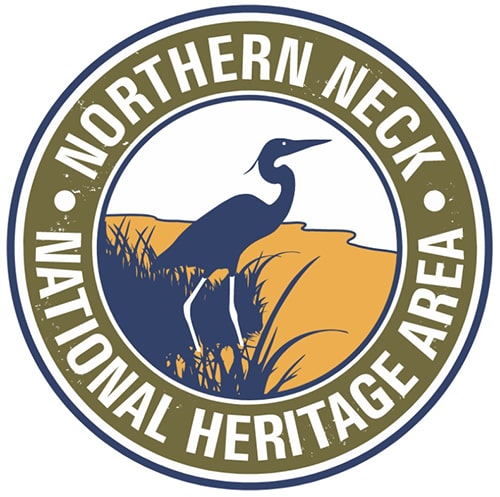The first Historic Christ Church & Museum archaeological project occurred in 1959 when Dr. J. C. "Pinky" Harrington of the National Park Service tried to find the location and design of the wall that originally enclosed Christ Church. Harrington and his team uncovered the footings of the brick wall and identified the wall’s boundaries, its thickness, and the bond used in the brickwork. The wall's bricks were identical to those in the church. Harrington felt they came from the same kiln, making it likely that the wall was constructed during the same period as the church. Harrington's study led to the reconstruction of the brick wall we see today.
During a construction project in 1979, the site of a brick kiln was discovered. This was followed by a deeper investigation, which identified the site of several kilns used to make bricks for the church. In 2005 and 2006, archaeologists tried to locate first Christ Church of 1670. Although they found parts of this first church, such as ceramic floor tiles and window lead and glass, their investigations did not uncover its exact location, size or shape.
New projects under consideration include excavating parts of the builders’ trench to find possible causes of water infiltration into the church's lower brick walls. If an in-ground drainage system is found to be necessary, archaeological work will need to be carried out before starting the ground-breaking activity for the drainage system. Investigating the cause of the chancel floor subsidence is another possible project that will trigger archaeological activity. And then there remains the elusive question of exactly where the 1670 church was sited.







